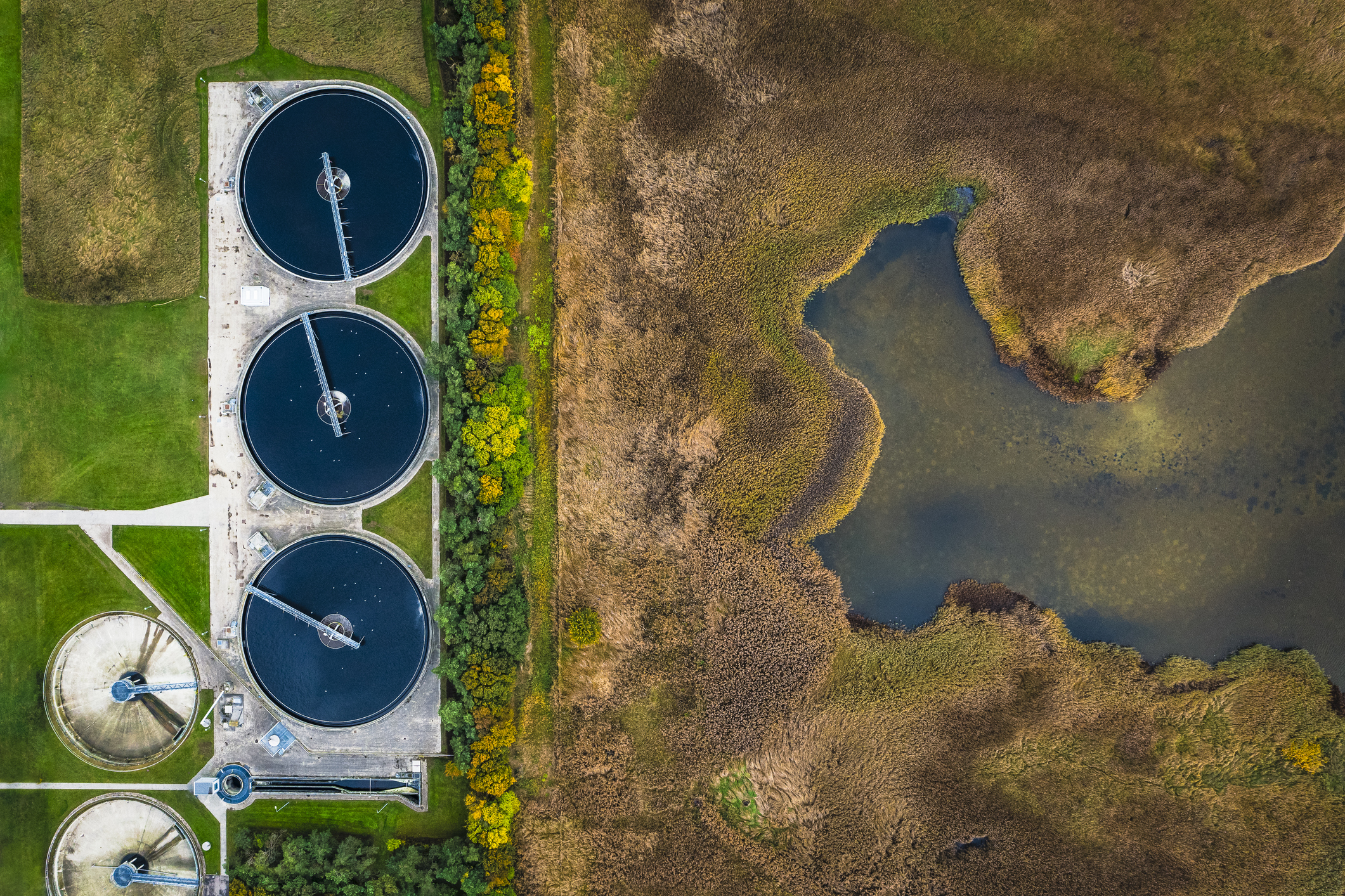Connect with your peers, learn from real-world stories, and stay in the loop with the latest FME updates – welcome to the FME Special Interest Groups (SIGs). These live virtual communities are designed for professionals in specific industries to collaborate, share insights, and explore how FME is being used to solve real-world challenges.
We recently kicked off our first Utilities & Energy Special Interest Group (SIG) virtual meetup – a space where FME users came together to share solutions, ask questions, and spark new ideas. If you missed it, here’s a recap of the top takeaways, real-use scenarios, and how to get involved.
What are SIGs?
FME Special Interest Groups (SIGs) are virtual communities designed for professionals in specific sectors – like Utilities & Energy, Local Government, and Airports & Aviation – to connect, collaborate, and learn from each other.
Each SIG includes:
- Live virtual meetups held 2-3 times per year, featuring insider insights, technical demos, and real-world stories from FME users
- Ongoing discussion in private online groups, where members can ask questions, share resources, and keep the conversation going between events
- Community-driven topics and speakers tailored to your sector’s unique challenges and needs
Our goal in hosting these is to create a space for FME users to learn from each other, share ideas, and build meaningful industry connections. The best solutions often come from hearing how somebody else tackled the problem.
User story #1: From data chaos to prototype utility network
To kick things off at our first Utilities & Energy SIG virtual meetup, Kevin Wyckoff, GIS Coordinator at Lakewood Water District, shared his journey from data disarray to structured utility network design using FME.
When Kevin joined the district, its GIS data had been managed by multiple external consultants and had evolved from paper maps to CAD and eventually to GIS. This left behind inconsistencies, overlapping data standards, and fragmented schemas, making it a challenge to implement a clean utility network model.
He explored migrating to Esri’s Utility Network model, which offered powerful capabilities but came with complex migration tools. Plus, the example FME Workspace he found online was far too complicated.
Instead of relying on generic and complicated migration tools, Kevin built a custom FME Workspace that only used four transformers in a much simpler, more transparent approach. His goal was to load legacy data into a prototype Utility Network geodatabase that would allow his team to better plan future upgrades.
He was able to:
- Break down and clean messy legacy data from various sources
- Rebuild schema alignment in a manageable, step-by-step way
- Avoid overcomplication and focus on practical implementation
Takeaway: start small, keep it simple, and tailor your tools to your actual data, especially if it comes from varied and inconsistent sources.
User story #2: FME as the data bridge in utility projects
Next up, Tim Shomberg, a Senior Consultant at POWER Engineers, showed FME’s role in large-scale data workflows. His team, working across multiple departments and disciplines, integrates data between CAD, GIS, asset management systems, and utility-specific applications.
He discussed how they use FME to validate PLS-CADD data (for power lines) to ensure it fits into a target GIS schema. Their solution was built to be self-serve and user-friendly. He also discussed common challenges in the utilities sector, such as slow GIS onboarding, manual design file cleanup, and schema mismatches, and how his team efficiently solves these problems with automated workflows.
FME acts as a bridge in their project, handling translation, validation, and transformation of datasets that need to flow between tools like AutoCAD, ArcGIS, SAP, and more. They also leveraged AI to help with tasks like identifying patterns, reducing the overall development time.
He was able to:
- Automate complex data validation routines, reducing errors during project delivery
- Create repeatable workflows for handling utility asset data, especially for high-voltage transmission projects
- Orchestrate integration between client systems and engineering models, ensuring data consistency and minimizing manual handoffs
- Ensuring the right data reaches the right people in the right format
Technical update: What’s new in FME for Utility & Energy data?
Before wrapping things up at the Utilities & Energy SIG, our team shared technical updates on recent FME improvements and what users can expect from upcoming releases, including:
- Simplifying data access via data virtualization
- Easier workflow creation via AI Assist
- Performance enhancements for workflows common in the utility and energy sectors
- New and updated transformers tailored to network modeling and asset management
- Improved integration capabilities with cloud-based systems (like AWS and Azure), supporting hybrid infrastructure needs
- Tips for using FME to support migration to the Esri Utility Network and other data models
Our team is striving to ensure new features align with the sector’s evolving demands, such as real-time monitoring, distributed systems, and compliance-driven workflows.
Stay connected: Join the Utilities & Energy SIG
Want to dive deeper? We invite you to join the Utilities & Energy SIG on the FME Community. There, you’ll find the slide deck and recording from this session, connect with other professionals in your field, and shape future meetup topics.
We also have dedicated groups for Local Government and Airports & Aviation.
We hope to see you at the next meetup!




